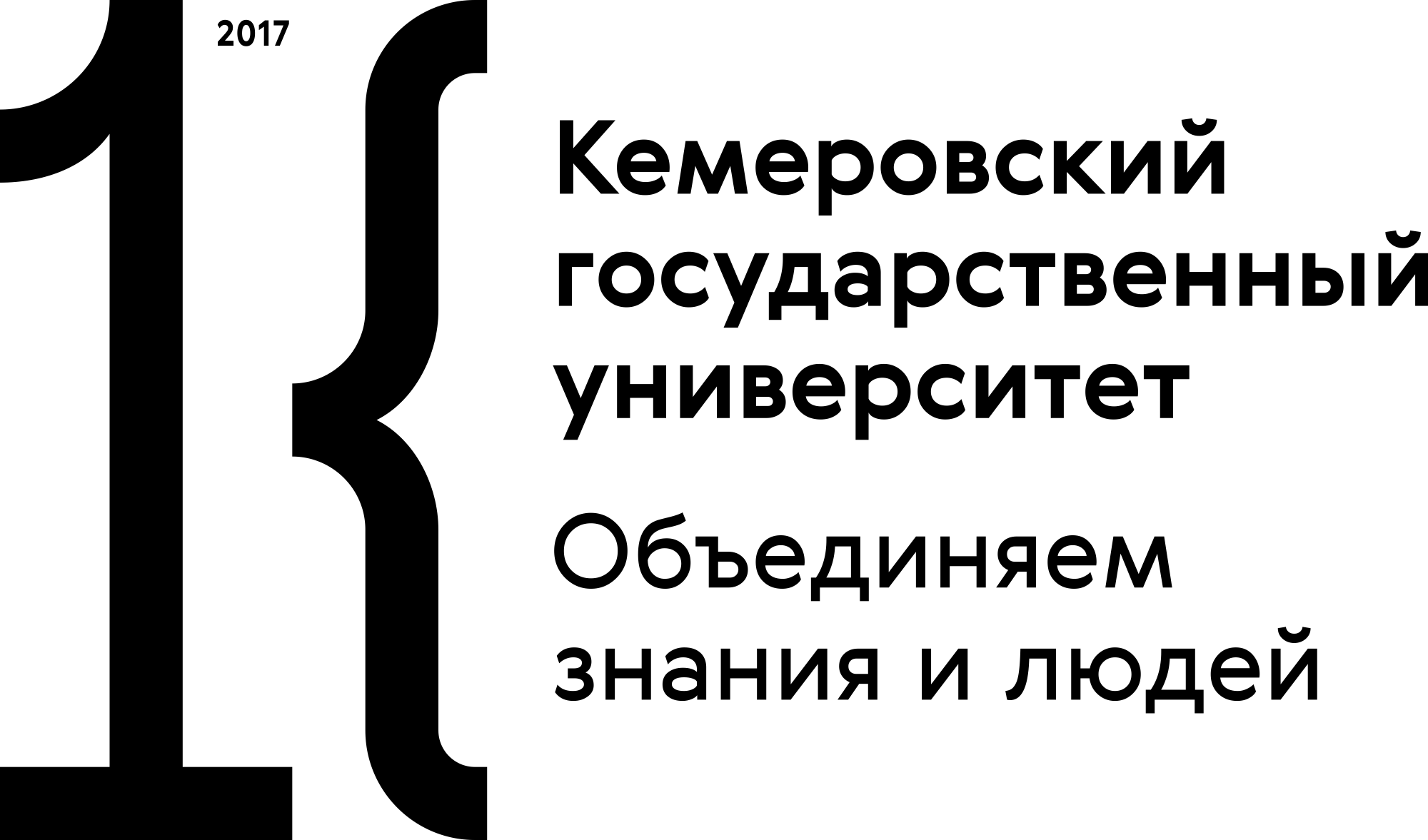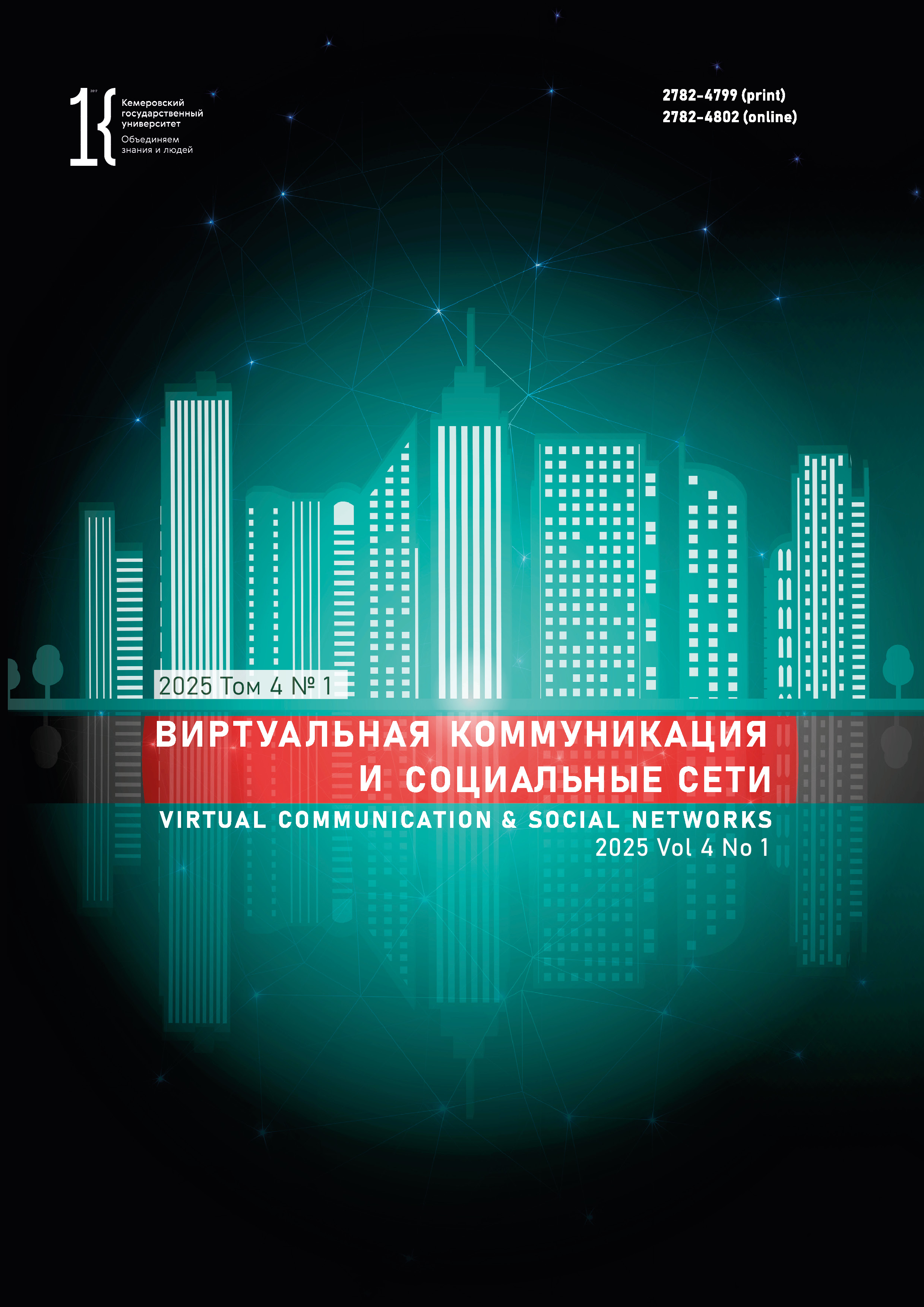Lisbon, Portugal
This study explores the intersection of the language policy and digital infrastructure in BRICS countries focusing on the problem of state regulations of the linguistic representation in a virtual linguistic landscape. With the rapid expansion of internet access, particularly through mobile technologies, governments increasingly implement policies that promote official languages while managing the online multilingualism. The research examines state interventions in the sphere of digital communication in Russia, China, India, Brazil, and South Africa. The study highlights the paradox: while countries with the most advanced digital infrastructure, such as China and Russia, impose a stringent control on online communication, those with more democratic freedom, like Brazil, India, and South Africa, struggle with accessibility and affordability. It also demonstrates how government policies reinforce dominant national languages in a digital environment often at the expense of linguistic diversity.
language policy, virtual communication, BRICS countries, digital infrastructure, multilingualism, state regulation, internet governance, linguistic diversity, digital inclusion, online censorship
1. Banerjee S., Choudhury M., Chakma K., Naskar S. K., Das A., Bandyopadhyay S., Rosso P. MSIR@FIRE: A comprehensive report from 2013 to 2016. SN Computer Science, 2020, 1(55). https://doi.org/10.1007/s42979-019-0058-0
2. Berezkina M. "Language is a costly and complicating factor": A diachronic study of language policy in the virtual public sector. Language Policy, 2016, 17: 55–75. https://doi.org/10.1007/s10993-016-9422-2
3. Berezkina M. Managing multilingualism on state websites: How institutional employees explain language choice. Current Issues in Language Planning, 2017, 19(1): 98–116. https://doi.org/10.1080/14664208.2017.1391495
4. Berezkina M. Russian in Estonia’s public sector: "Playing on the borderline" between official policy and real-life needs. International Journal of Bilingual Education and Bilingualism, 2015, 20(4): 417–427. https://doi.org/10.1080/13670050.2015.1115004
5. Castro e Silva M. A., Hünemeier T. A multidisciplinary overview on the Tupi-speaking people expansion. American Journal of Biological Anthropology, 2025, 186(1). https://doi.org/10.1002/ajpa.24876
6. De Bres J. Introduction: Language policies on social network sites. Language Policy, 2015, 14: 309–314. https://doi.org/10.1007/s10993-015-9368-9
7. De Quadros R. M. Linguistic policies, linguistic planning, and Brazilian sign language in Brazil. Sign Language Studies, 2012, 12(4): 543–564. https://doi.org/10.1353/sls.2012.0010
8. Dixon P., Schagen, I., Seedhouse P. The impact of an intervention on children’s reading and spelling ability in low-income schools in India. School Effectiveness and School Improvement, 2011, 22(4): 461–482. https://doi.org/10.1080/09243453.2011.625125
9. Doğaner A. The role of Wikipedia in providing information on coronavirus to societies during the COVID-19 pandemic. Middle Black Sea Journal of Health Science, 2020, 6(3): 316–324. https://doi.org/10.19127/mbsjohs.781930
10. Fang F. Review of English as a medium of instruction in Chinese universities today: Current trends and future directions. English Today, 2017, 34(1): 32–37. https://doi.org/10.1017/s0266078417000360
11. Hedderson M. M., Bekelman T. A., Li M., Knapp E. A., Palmore M., Dong Y., Elliott A. J., Friedman C., Galarce M., Gilbert-Diamond D., Glueck D., Hockett C. W., Lucchini M., McDonald Ju., Sauder K., Zhu Y., Karagas M. R., Dabelea D., Ferrara A. Trends in screen time use among children during the COVID-19 pandemic, July 2019 through August 2021. Jama Network Open, 2023, 6(2). https://doi.org/10.1001/jamanetworkopen.2022.56157
12. Hu W. Order and crash: Multilingual ecology and language planning in Sino-foreign cooperative education institutions. Education Sciences, 2023, 13(9). https://doi.org/10.3390/educsci13090921
13. Huang Y., Fang F. "I feel a sense of solidarity when speaking Teochew": Unpacking family language planning and sustainable development of Teochew from a multilingual perspective. Journal of Multilingual and Multicultural Development, 2021, 45(5): 1375–1391. https://doi.org/10.1080/01434632.2021.1974460
14. Jia L., Pai Q. A sociological analysis of Tibetan language policy issues in China. SN Social Sciences, 2021, 1(89). https://doi.org/10.1007/s43545-021-00092-y
15. Jolad S., Agarwal A. Mapping India’s language and mother tongue diversity and its exclusion in the Indian census. SocArXiv, 2021. https://doi.org/10.31235/osf.io/sjxc6
16. Kakde K., Padalikar H. M. Context-based sentiment analysis of Indian Marathi text using deep learning. International Journal on Recent and Innovation Trends in Computing and Communication, 2022, 10(11): 71–76. https://doi.org/10.17762/ijritcc.v10i11.5782
17. Kwee C. To teach or not to teach: An international study of language teachers’ experiences of online teaching during the COVID-19 pandemic. SN Computer Science, 2022, 3(416). https://doi.org/10.1007/s42979-022-01323-6
18. Li X. Alternatives to English only in scholarly publishing: Emerging trends of language policies among non-Anglophone journals? Learned Publishing, 2023, 37(2): 130–138. https://doi.org/10.1002/leap.1588
19. Mohlahlo A., Ditsele T. Exploring multilingualism at the national department levels in South Africa post the use of official languages act of 2012. Literator, 2022, 43(1). https://doi.org/10.4102/lit.v43i1.1819
20. Ntombela B. Linguistic imperialism in English assessment: The case of an historically black university in South Africa. Educational Research for Social Change, 2018, 7(1): 61–76.
21. Nugraha S. The language-in-education policy in South Africa: A gap between policy and efficacy. Advances in Social Science, Education and Humanities Research: Proc. Conf., Bandung, 27–28 Nov 2018. Atlantis Press, 2019, vol. 254, 568–572. https://doi.org/10.2991/conaplin-18.2019.321
22. Puia G., Ofori-Dankwa J. The effects of national culture and ethno-linguistic diversity on innovativeness. Baltic Journal of Management, 2013, 8(3): 349–371. https://doi.org/10.1108/bjom-jan-2012-0002
23. Rastogi K., Kakoti M. Language shift and maintenance in Uttarakhand, a hilly state of India. Indigenous language acquisition, maintenance, and loss and current language policies, eds. Okamura T., Kai M. Hershey, PA: IGI Global, 2021, 229–244. https://doi.org/10.4018/978-1-7998-2959-1.ch010
24. Stumpf M. R., De Quadros R. M. Beyond language policies. Hrvatska revija za rehabilitacijska istraživanja, 2022, 58: 279–299. https://doi.org/10.31299/hrri.58.si.15
25. Sun M., Wu K., Yi X., Zhang R. Exploring the influence of English subject reform in China’s compulsory education system. ICELA 2021: Proc. Intern. Conf., Online, 26–28 Nov 2021. Atlantis Press SARL, 2022, 548–556. https://doi.org/10.2991/assehr.k.220131.099
26. Thompson R. G. A., Nutor J. J., Johnson J. K. Communicating awareness about COVID-19 through songs: An example from Ghana. Frontiers in Public Health, 2021, 8. https://doi.org/10.3389/fpubh.2020.607830
27. Wang C., Steiner B. Can ethno-linguistic diversity explain cross-country differences in social capital?: A global perspective. Economic Record, 2015, 91(294): 338–366. https://doi.org/10.1111/1475-4932.12195
28. Zhao C. Assimilationist ideology and minority language rights: The case of Manchu language endangerment and revitalization. World Journal of Educational Research, 2017, 4(1). https://doi.org/10.22158/wjer.v4n1p46















